While mostly unintentionally, we humans manage to come up with many ways to mess up the world we live in. Yet,naturealways finds a way to come back and thrive, even where we no longer dare venture ourselves.
More info:Canine Medicine and Genetics
RELATED:
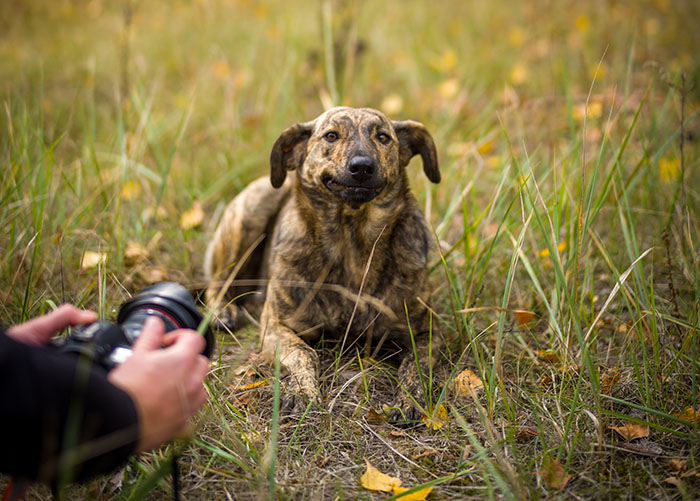
Image credits:Frode Bjorshol / Flickr
The catastrophe took the lives of many and left many more homeless, as approximately 350,000 people had to be quickly evacuated from the danger zone. However, while humans made their escape, many other creatures, including a lot ofdogs, were left behind to fend for themselves.
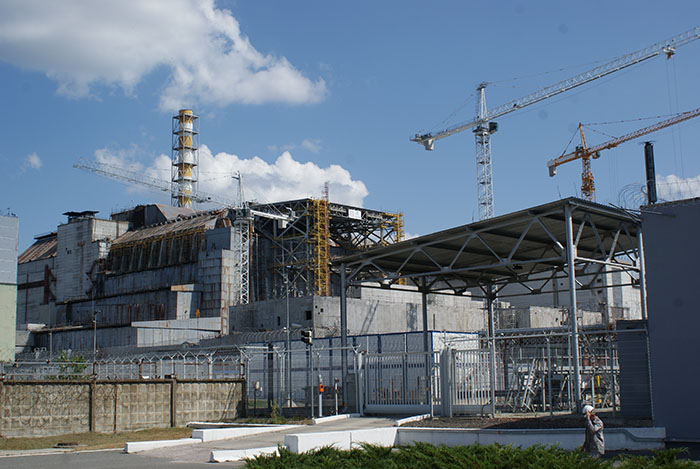
Image credits:Eamonn Butler / Flickr
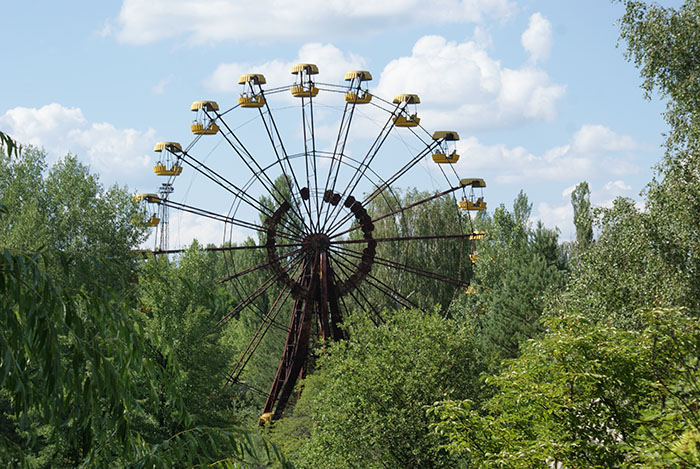
While humans evacuated, a lot of animals were left behind, including dogs, whose offspring ended up evolving and adapting to be able to survive in the toxic environment
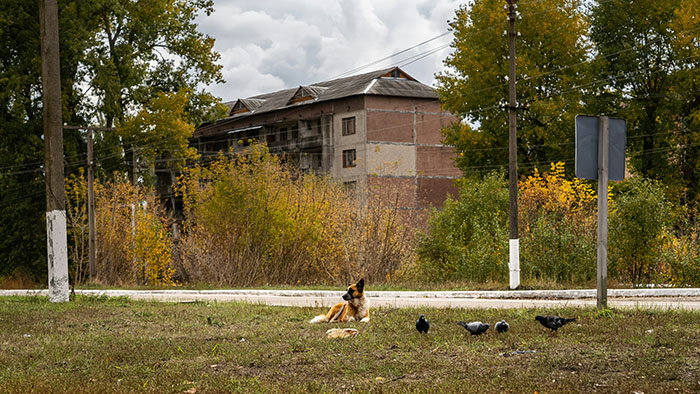
Image credits:Viktor Hesse / Unsplash
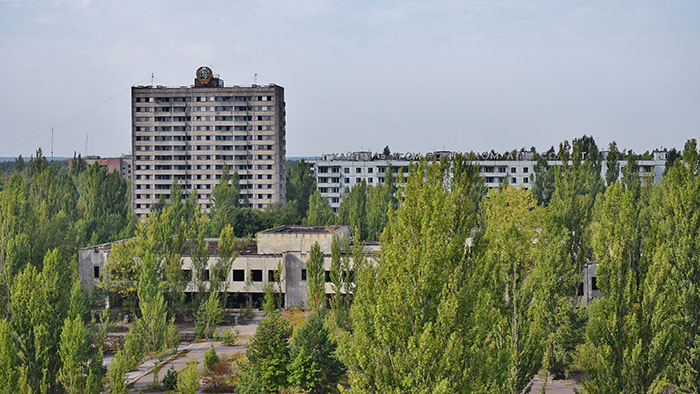
Image credits:Hungary URBEX / Flickr
The scientists collected blood samples from 116 strays, which are most likely the descendants of dogs left behind during the evacuation. The data collected and its analysis serve as “first steps towards understanding how chronic exposure to multiple environmental hazards may have impacted these populations.”
Evaluating the results, theresearchersdiscovered 52 genes in these dogs that most likely came to be because of “exposure to the contamination of the environment at the Nuclear Power Plant,” which suggests that this was the factor allowing these pups to adapt to such an extreme environment as well as they did.
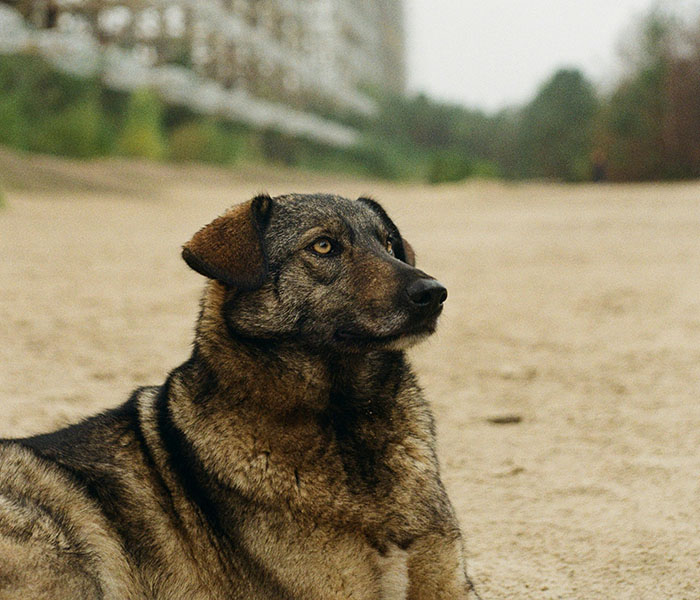
Image credits:Dasha Urvachova / Unsplash
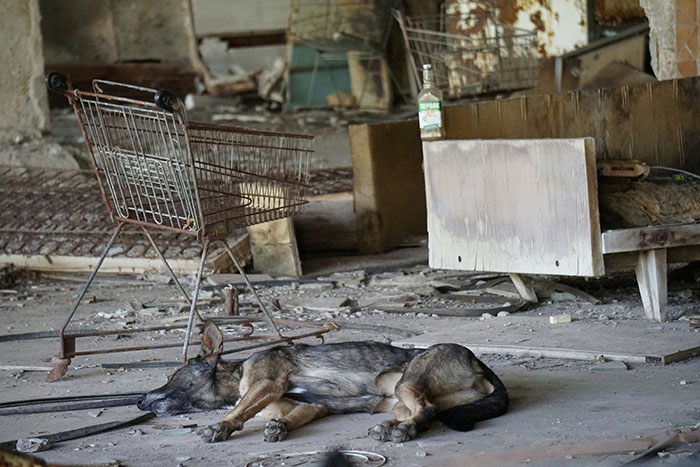
Image credits:Romain Chollet / Unsplash
It turns out that while roaming the woods of CEZ and being exposed to more than 6 times the legal safety limit of radiation for a human, these animals have seemingly altered their immune systems in a similar way that cancer patients do when they undergo radiation treatment.
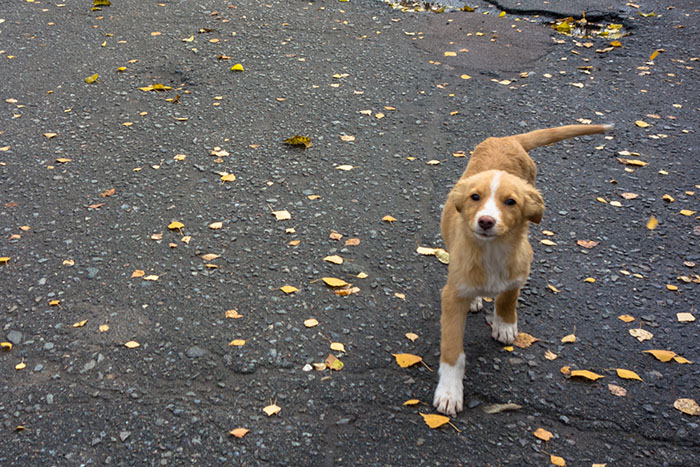
Image credits:Greenwich Photography / Flickr
Other animals have also been observed to have greatly adapted to this toxic environment, with wolves developing cancer resilience and nematode worms cancer immunity
The wolves also appeared to have developed a resilience to increased cancer risk. While that is not an immunity to the disease, it’s certainly a very positive and protective mutation that brings a world of potential.
Dr. Cara Love, who led this study all the way back in 2014, unfortunately, had to stop her work due to the outbreak of the Ukraine-Russia war. The research currently remains abandoned, but the scientist is hopeful that she and her team will eventually be able to return to it once the conditions become safe again.
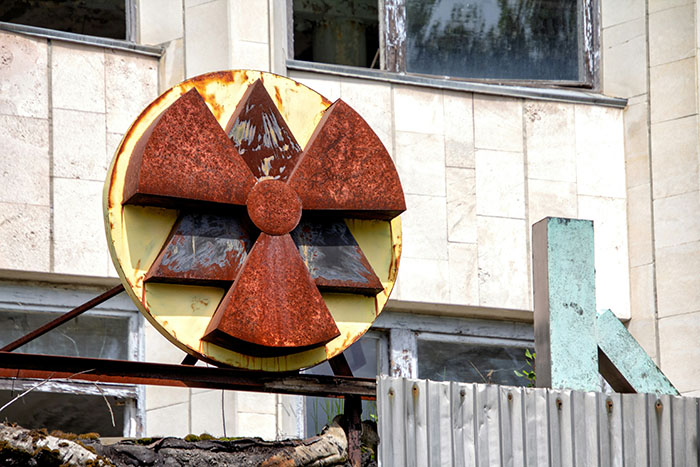
Image credits:Yves Alarie / Unsplash
At the same time, scientists have also discoverednematode wormsin the area, who, through their very short lifespans and quick reproduction, have apparently developed not even resilience but full immunity to cancer.
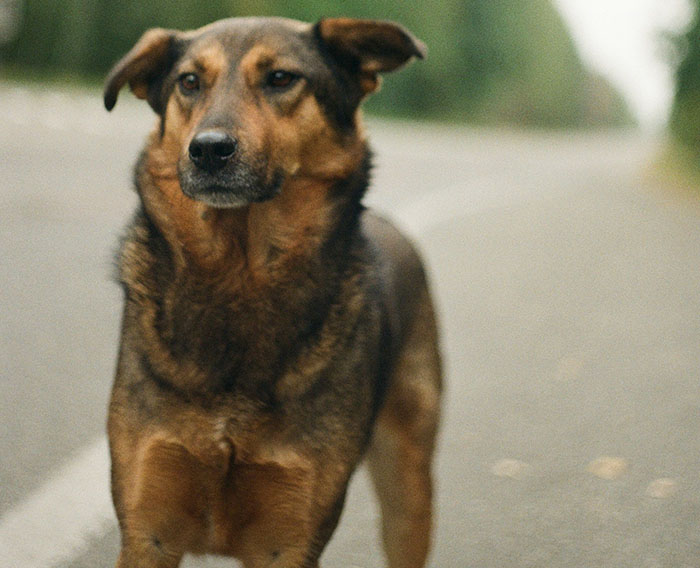












Thanks! Check out the results:Justinas Keturka
Indrė Lukošiūtė
Animals